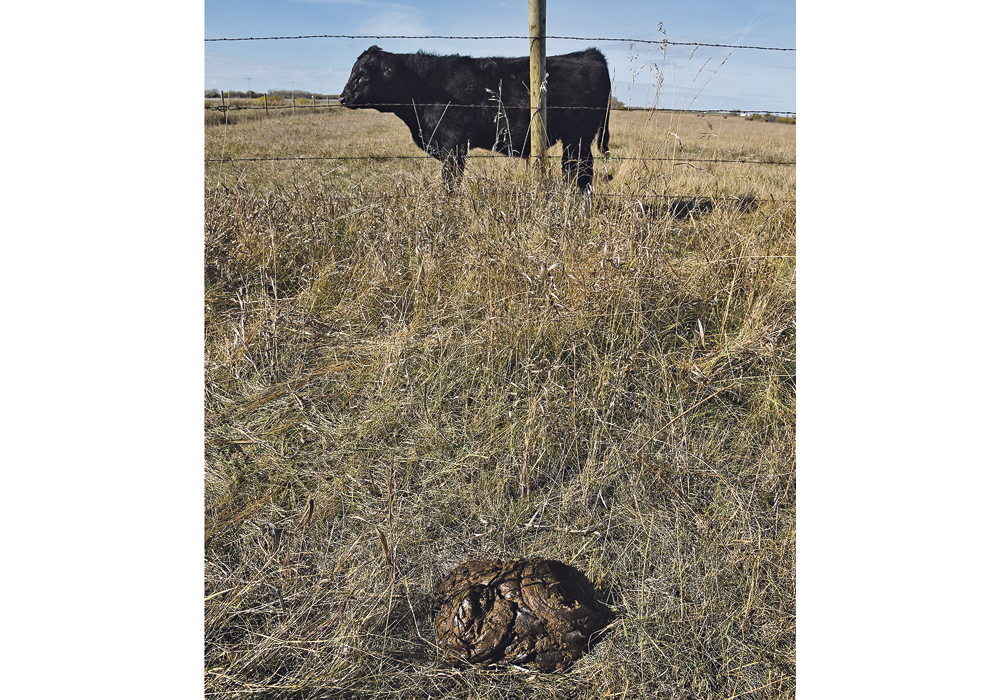‘Rain’ will be applied to test subjects in a greenhouse to see how it affects worm movement away from fecal deposits
The life of a scientist can lack glamour.
Case in point, the need to create artificial cow pies for use in research on parasitic roundworms.
Such was the task of Agriculture Canada research scientist Doug Colwell and colleagues at the Lethbridge Research Centre. They are responsible for one part of a larger study headed by University of Calgary veterinary medicine researcher John Gilleard.
The project, funded to the tune of $800,000 from the Beef Cattle Research Council, seeks to improve parasitic roundworm control in cattle. The parasites are estimated to cause $2 billion in production losses to the North American cattle industry each year, so glamour might be found in ways to reduce those costs.
Read Also

The Western Producer Livestock Report – November 6, 2025
Western Producer Livestock Report for November 6, 2025. See U.S. & Canadian hog prices, Canadian bison & lamb market data and sales insights.
Why artificial cow pies?
“We’re looking at the effect of rainfall on the spread of cattle parasites. We’ve made a bunch of artificial cow pies and we’re going to culture them for a period of time and then we’re going to put them in the greenhouse and let the (artificial) rain fall on them,” said Colwell.
“Basically we homogenize fecal matter in a cement mixer and then we make pies that are about six inches in diameter … and about an inch and a half deep. So it kind of looks like a cow pie. It’s lots of fun if you like making cow pies, I guess.”
The source fecal matter comes from cattle herds that are part of the study so the resulting roundworms will be representative of normal accumulation and species.
By subjecting the cow pies to varying amounts of “rainfall,” dispensed in the greenhouse, researchers hope to determine how it affects worm movement away from fecal deposits.
“Because the cattle don’ t like to feed in areas where fecal matter is, it’s really important that they (larvae) move away from the fecal matter,” said Colwell. “We are expecting that the heavy rainfall is going to have a bigger impact on their movement. That’s our hypothesis.”
Other parts of the three-year study, still in progress, involve 20 cattle herds across Western Canada. Researchers will measure soil temperature, humidity and precipitation in those herds’ various locations, quantify the economic impacts of the parasites and investigate transmission patterns.
“Being able to predict pasture contamination rates based on grazing patterns and climatic conditions would help us develop more effective parasite treatment protocols,” said Gilleard in a news release about the study.
“We will use novel DNA sequencing-based tools that we have developed here in Calgary to determine how the different parasite species differ in their ecology and transmission patterns.
“The aim is to achieve maximum production gain with minimal drug use.”
Other researchers involved in the project include Dr. Murray Jelinski, Dr. Fabienne Uehlinger and Dr. Cheryl Waldner at the University of Saskatchewan and Dr. Eric Morgan.
















